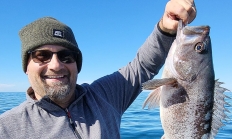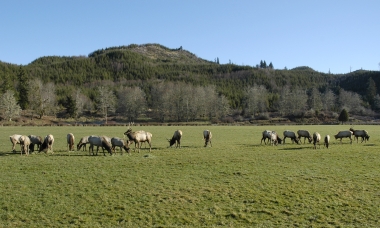
Search myodfw.com
The original Riverside Tract is adjacent to the Malheur River near the former railroad community of Riverside. It was purchased from the Blaylock family in 1976 and has been administered by ODFW as Riverside Wildlife Area since that time. The purpose of this initial acquisition was to provide public fishing and hunting access to a previously privately held portion of the Malheur River canyon. In addition, this purchase provided the opportunity for the department to emphasize fish and wildlife habitat management in the river canyon. Additional acres were added to this tract in 1977. In 1972, the department purchased a

MARINE WILDLIFE VIEWING December 4, 2025 The Oregon coast is a great place to come and view a variety of wildlife. Enjoy the great diversity of life: from giant whales and barking sea lions, to majestic bald eagles and diving pelicans, to showy Harlequin ducks and flocking shorebirds, to the tiny anemones and crabs inhabiting tidepools. There is always something new to discover. Visit our wildlife viewing map for locations to visit and view wildlife along the Oregon coast. Maximize your viewing of coastal creatures by bringing binoculars for close-up views. Beach Safety: http://www.oregon.gov/OPRD/PARKS/Pages/beach_safety.aspx Whales, orcas and porpoises Whales migrate
ODFW manages 20 wildlife areas across the state, each with a unique blend of fishing, hunting and wildlife viewing opportunities. Remember, you'll need a Wildlife Area Parking Permit for your visit. See the map and listing below to find the wildlife area nearest you.

Jewell Meadows Wildlife Area is located in the Oregon Coast Range Mountains, in the northwestern part of the state. The wildlife area was established in 1969, with an initial purchase of 183 acres. It now encompasses 1,114 acres. The wildlife area’s purpose is to protect and enhance habitat to benefit native wildlife species, to reduce wildlife damage to adjacent properties, and to provide the public with an opportunity to observe wildlife in a natural setting.

ODFW manages 20 wildlife areas across the state, each with a unique blend of fishing, hunting and wildlife viewing opportunities. Remember, you'll need a Wildlife Area Parking Permit for your visit. See the map and listing below to find the wildlife area nearest you.



Western Oregon Dec 4, 2025 Currently open Duck & coot, Wilson's snipe, crow, brant, Canada, white-fronted & white goose Upland – Ruffed & blue grouse, chukar and Hungarian partridge, rooster pheasant, quail (mountain & CA), fall turkey (WMU's 14-30), mourning dove Permits required for: band-tailed pigeons and sea ducks. For more information on permits. Announcements, resources A district-by-district look at how this year's migratory and upland bird seasons are shaping up. 2025-26 Game Bird Hunting Forecast Hunt by Reservation Program - ODFW's Hunt by Reservation Program connects bird hunters with private landowners. By making a reservation online, hunters receive a

SOUTH CENTRAL BIG GAME HUNTING December 4, 2025 Above average snowpack in higher elevations coupled with a low snowpack on winter range bodes well for a great year of antler growth and fawn/calf survival in Lake and Klamath counties. Significant snowpack helped offset a dry spring and early summer. Mild temperatures and late summer rains have us looking forward to an excellent upcoming big game season. Fire areas in recent years have begun to recover and recruitment for deer and elk is up from prior years. Open seasons Fall bear, cougar ( Check current harvest numbers), coyote https://www.eregulations.com/oregon/hunting/elk-seasons Announcements, resources

The most common whale off the Oregon coast is the gray whale. In addition to the approximately 200 resident gray whales that live nearly year-round off Oregon, a winter and spring migration brings about 18,000 more past our coast. Gray whales are baleen whales (mysticetes). They grow to 50 feet in length and will weigh up to 80,000 pounds; adult females are larger than males, which is common in all baleen whales. They do not have a dorsal fin on their back but instead have a series of knuckles. These whales are mottled gray and are covered with barnacles and
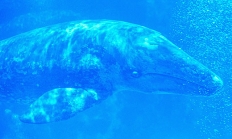
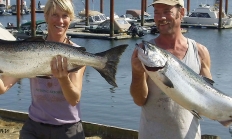
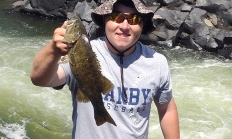
SE BIG GAME HUNTING December 4, 2025 Currently open General fall bear, cougar ( Check current harvest numbers), coyote Check regulations for current elk seasons Always check regulations for exact season dates and open areas prior to hunting big game. Announcements, resources 2025 Big Game Hunting Forecast Big game harvest statistics - You'll find links to population, harvest and point summary reports that can help you decide what hunts to apply for next season. Please report elk with hoof disease - If you see elk showing signs of elk hoof disease, including lame or limping elk or elk with damaged

